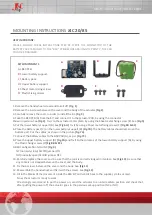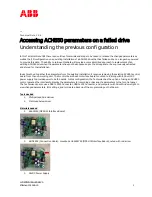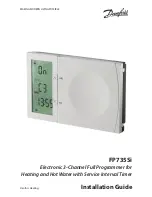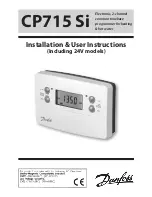
Description of the Software Modules and Parameters
Parameter manual
b maXX
BM5800
Document No.: 5.16029.03
507
3
If the motor is heavily loaded the motor reaches the non-linear range of the characteristic.
The Lq inductance saturates. In this case the Kp gain of the current controller dependent
on the torque current can be adapted directly. Refer to details in
3.7.7.7 Compensation dead time voltages
3.7.7.8 Temperature adaption motor resistances
The temperature influence in the stator resistance can be modeled as follows:
with:
R
cold
Motor resistance at cold motor (20°C) in
,
Cu
Copper temperature coefficient
0,38 %/°C
T
M act
Measured motor temperature in °C,
T
M cold
Motor temperature "cold" (20 °C)
R
actual
Instantaneous value, internally used in the controller, in
The temperature adaption applies to the following:
m
Current prediction (current controller)
m
IxR-pre-control (current controller)
m
Encoderless operation
m
Field angle monitoring (synchronous motors)
The adaption is made automatically if the motor temperature monitoring is activated.
(
bits 0 to 7).
3.7.7.9 Temperature adaption slip frequency
At asynchronous motors with an encoder the output frequency related to the rotor fre-
quency (slip frequency) is determined by the slip frequency specification, f
2 set
. The f
2 set
is directly proportional to the torque current set value. It is inversely proportional to the
magnetic flux set value. It is calculated by the slip frequency at the motor nominal torque
current and the nominal flux, F
2 Tm act
(
) as follows:
R
actual
R
cold
1
Cu
100
---------
T
M act
T
M cold
–
–
=
F
2 set
i
sq set
Flux
set
-----------------
Flux
nom
I
sq nom
--------------------
F
2Tm act
=
















































